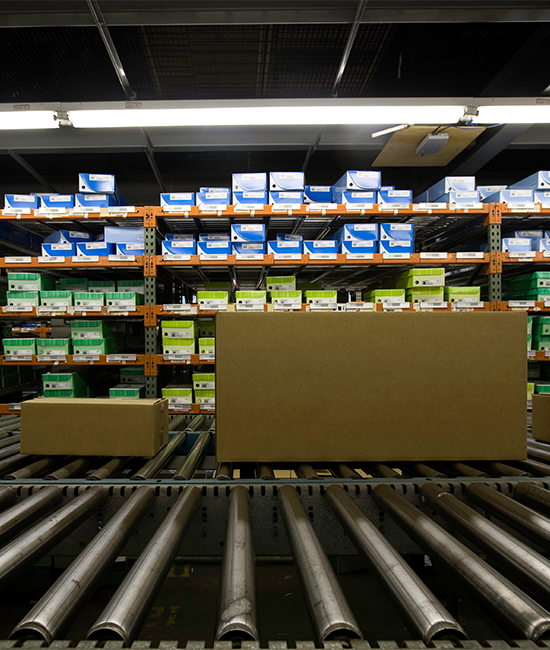Microfulfillment is a logistics model that places goods close to the end user by integrating compact, innovative fulfillment solutions in densely populated urban areas, where large-scale operations aren’t feasible. Microfulfillment centers are usually defined as operations as small as 10,000 square feet, and may be located in previously vacated buildings or may take up a small part of a larger operation. Big-box retailers, for example, are moving toward a business model that includes more warehouse space and microfulfillment solutions while still offering customers an in-person shopping experience.
For many in the industry, micro- and nanofulfillment are seen as ways to create a lean fulfillment operation. Instead of focusing on large-scale warehousing at distant facilities, both micro- and nanofulfillment can allow merchants to store a limited amount of goods as close to the consumer as possible, saving on cost and preventing many of the logistical hassles associated with warehousing and distribution. For small-scale operations especially, micro- and nano- solutions lower the barriers to entry.
At PeakLogix, we’re a brand agnostic material handling systems integrator that specializes in innovative, bespoke automated solutions. By partnering with us, you can increase the consistency and efficiency of your distribution processes, from inbound receiving to outbound shipments and everything in between. We deliver customized solutions tailored to our partner’s needs that address issues ranging from ergonomics and employee safety to fully automated warehousing solutions.


